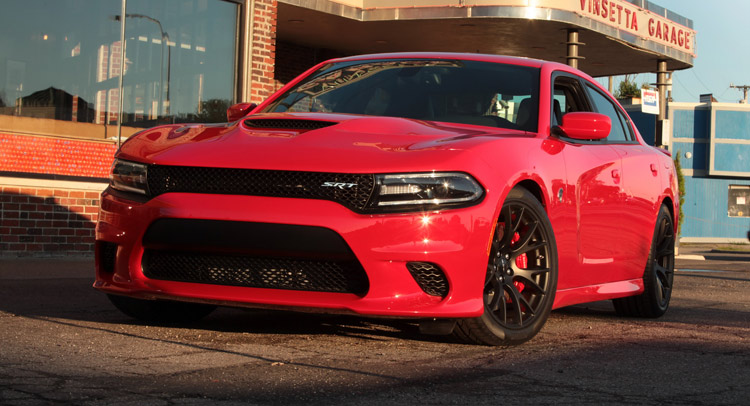While the Dodge Challenger SRT Hellcat is available with an optional six-speed manual transmission, the Charger SRT Hellcat is only offered with an eight-speed automatic. Since the two cars are closely related, the obvious question is why the Charger has no manual option (MTX).
An insider is cited by Jalopnik as saying that the matter is more complex than just adding a longer prop-shaft for the Charger (since the Challenger wheelbase is 100mm shorter than the Charger). The Challenger body was designed from the beginning with a manual transmission in mind, while the Charger wasn’t.
“The MTX is a significant tear up to the floor pan (body) of the Charger. To do an MTX in the Charger would require a full impact and crash safety certification effort for the program. This is big bucks, and the product strategy folks pin the take rate for a Charger MTX in the low single digits,” the source said.
The Charger platform does not have provisions in the floorpan to accommodate a manual transmission. Changing the floorpan would require full impact and crash safety certification and homologation which would obviously cost more than the profits a Charger SRT Hellcat with manual transmission would bring.
This is why Dodge engineers focused all their efforts on the ZF 8-speed automatic transmission, which is said to shift gears quickly and to match the engine torque curve more efficiently. On the Challenger SRT Hellcat the automatic is also more fuel-efficient than the manual, returning 22 mpg (10.7 l/100 km) highway compared to 21 mpg (11.2 l/100 km).









